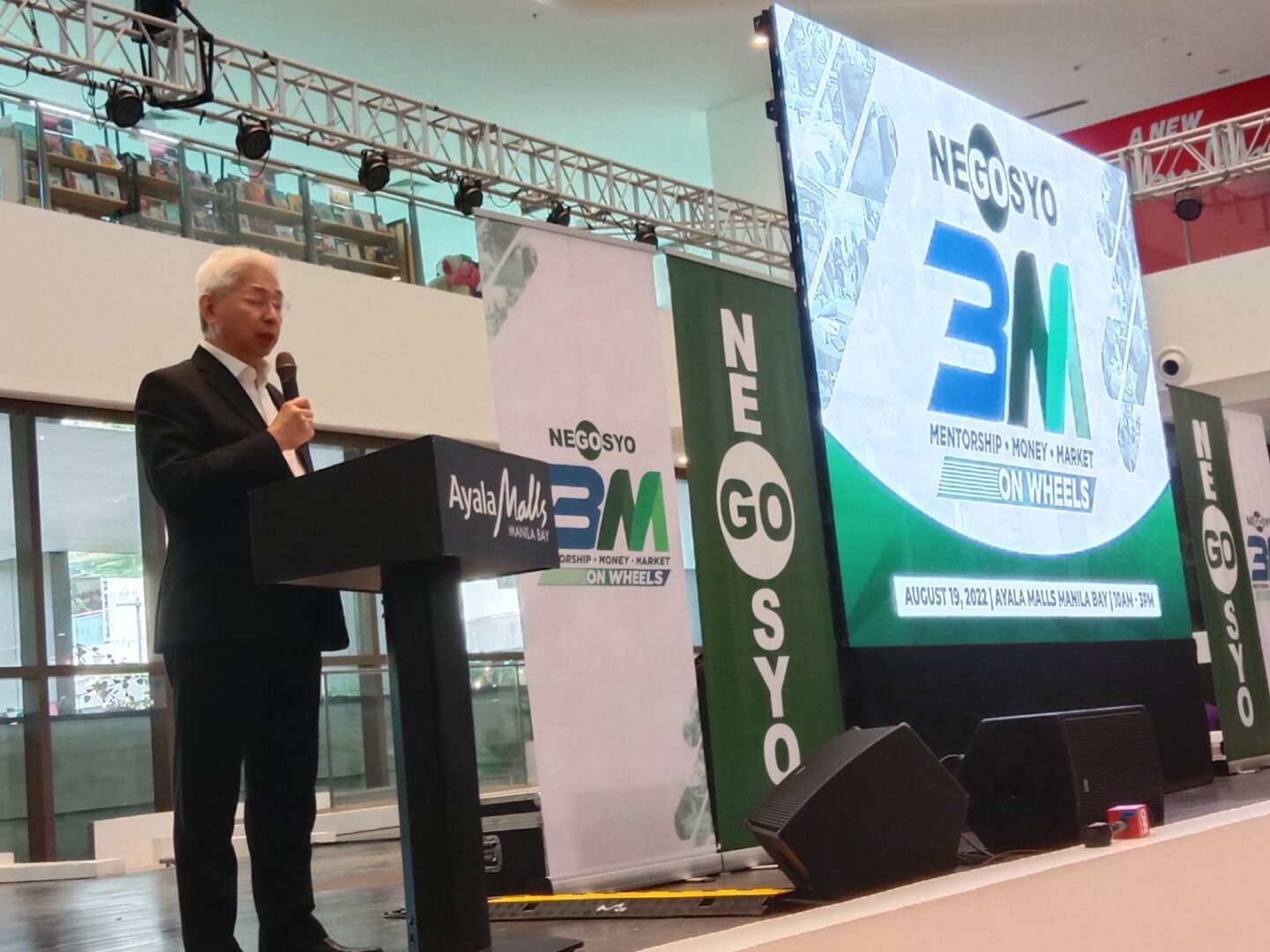What we do between now and 2030 will have a profound impact on the global goal to decelerate climate warming to 1.5 degree Celcius, the level experts said would avert the worst consequences of global warming.
In the Philippines, mitigating the impact of climate change is directly proportional to the need to look for alternative sources of energy to lessen the nation’s heavy reliance on cheap yet harmful to the environment coal-fired power plants.
A few months since its inauguration, the Marcos administration has reinvigorated the government’s efforts to shift to renewable energy. RE is an essential part of the country’s low emissions development strategy and is vital to addressing the challenges of climate change, energy security, and access to energy. Thus, the development and optimal use of RE or indigenous resources are central to the Department of Energy’s sustainable energy initiative.
The transition also hopes to address the perennial trouble of unscheduled blackouts and other associated energy security woes that have prompted a massive call to ramp up the investments in renewable energy development.
Barely half a year into the administration, the Ferdinand Marcos Jr.-led government vowed to unveil the massive potential of the country’s indigenous resources to generate additional power and eventually cut our import dependence. Indigenous resources are the power that may come from wind, hydro, geothermal, solar, or natural gas.
Based on the latest DoE data, over half or 56.8 percent of the country’s total power needs were imported, while only 43.2 percent were indigenous or locally sourced.
It also revealed that of the indigenous resources, natural gas only has a 19.3 percent share in the total power generation mix as of last month. Hydropower takes up only 4.5 percent; solar power, 2 percent; oil-based, 2.8 percent; biomes, 0.9 percent; and wind, 0.2 percent.
Private firms step in
To complement the government’s efforts, young businessman Leandro Leviste, founder of Solar Philippines, is leading a massive expansion that would augment the share of RE, particularly solar power, in our existing energy mix.
However, before the company carries out its plan, it said it would need to raise funds to support its projects. Solar Philippines Nueva Ecija Corporation said it would finish its planned Stock Rights Offering over the coming weeks, which would pave the way for the completion of its asset-for-share swap with its parent company, Solar Philippines.
SPNEC previously disclosed that it would consider various options to increase its public float and is currently in discussions with investors for private placements. This is in addition to its SRO, with an offer period from 30 August to 5 September.
Early this week, SPNEC said it would transform its operations in Nueva Ecija and Bulacan into the world’s largest solar farms with a combined capacity of four gigawatts — surpassing India’s Bhadla Solar Farm, currently the world’s largest solar farm with over 2.2 gigawatt of capacity.
The planned solar farm, once complete, will also surpass the capacity of the total grid-connected solar operating in the Philippines as of the end of 2021, which was recorded at over 1.3 GW only.
To put things into perspective, one GW of power is equivalent to 3.125 million photovoltaic panels, 333 utility-scale wind turbines, or 100 million LED lights.
Apart from this, Solar Philippines aims to complete nine terawatt -hours per year of contracted energy and potentially bring its contracted capacity to 8 GW. It is scheduled to commence operations mostly between 2025 to 2026. Once complete, the development is estimated to take up at least two-thirds of the country’s total contracted RE capacity.
Big savings amid sustainable push
Relatedly, more private companies are seeing the urgent need to develop a more sustainable business model. Early this month, PLDT. Inc., the country’s largest integrated telecommunications firm, expects to save millions of pesos yearly in operating expenses by switching to clean power.
The company can slash at least P2.2 million from generating approximately 591,550 kWh of clean energy annually in its five business centers in the Visayas amid a shift to more sustainable operations. It was after Spectrum, a wholly owned subsidiary of the Manila Electric Company, completed the installation of solar facilities in the PLDT facilities.
The solar rooftop panels, which have a combined capacity of 431.21 kilowatt-peak, were installed in PLDT’s offices in La Paz in Iloilo; Mandaue City in Cebu; Roxas City in Capiz; Cebu City; and Bacolod City in Negros Occidental.
Apart from substantial cuts in its yearly expenses, PLDT also reduces its carbon footprint by an estimated 421 MT, which translates to 845,000 trees planted over 20 years and 1,678,262 kilometers reduced in vehicle travel per year.
Households pitch in, too
Fortunately, it’s not only large and private companies that can aid the shift to clean power.
Following the launch of the country’s first-ever solar net-metered community last June in Imperial Homes Corporation’s Via Verde Trece Martires development in Cavite, Filipino households can now participate in helping the country shift towards cleaner and more sustainable energy.
The pioneering solar net -metered community features residential houses that generate optimal solar energy and export excess electricity to the grid in exchange for net-metering credits. The net-metering program allows solar owners with less than 100 kWp capacity to export their excess electricity to the grid in exchange for electricity bill credits.
